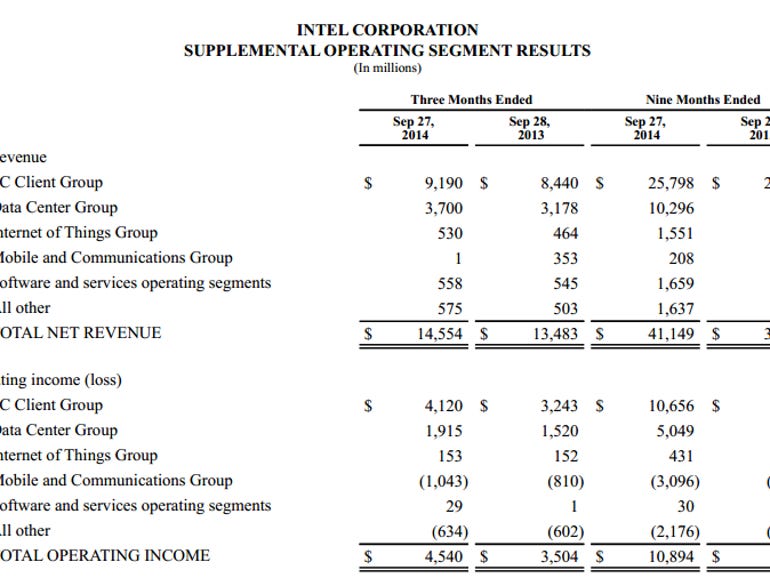
What’s in a nanometer? Intel may renumber its chips
The chipmaker is contemplating a change in how it how it numbers each generation of microprocessor.
Array
(
[content] =>
[params] => Array
(
[0] => /forum/index.php?threads/intel-_does_-read-semiwiki.13990/
)
[addOns] => Array
(
[DL6/MLTP] => 13
[Hampel/TimeZoneDebug] => 1000070
[SV/ChangePostDate] => 2010200
[SemiWiki/Newsletter] => 1000010
[SemiWiki/WPMenu] => 1000010
[SemiWiki/XPressExtend] => 1000010
[ThemeHouse/XLink] => 1000970
[ThemeHouse/XPress] => 1010570
[XF] => 2021370
[XFI] => 1050270
)
[wordpress] => /var/www/html
)

So Intel will no longer call it 7nm? Maybe stop calling it some nm feature size?
What’s in a nanometer? Intel may renumber its chips
The chipmaker is contemplating a change in how it how it numbers each generation of microprocessor.www.oregonlive.com

It's my hope Intel won't turn any new naming scheme into a marketing campaign and then confuse themselves.Intel is in an existential crisis. Their problems are much more than nomenclature.

 www.zdnet.com
www.zdnet.com
Does anyone who actually does <=7nm designs really care whether the process is called "10", "7" or "banana" ?
Those who need to know can easily benchmark a relevant IP block (recent ARM cpus being by far the most popular)
The only people I suggest are confused are those who don't understand this and don't do such designs - some Wall Street analysts
Exactly. It's the naive herd who care about the labels; and the naive herd is sooner or later influencing and feeding the blogosphere and this also reaches investors.
Samsung 5nm is a good example: I think Daniel already mentioned how it's way less advanced than TSMC N5 but Samsung feeds the press not to be too critical about it, and Scotten Jones calculated the TSMC equivalent node would be 6nm.
But Samsung is spending $100 billion next few years, and shareholders maybe wouldn't approve of that CapEx if TSMC was at 5 and Samsung 'lagging' at 6.
Groupthink and public image is important.
If you ask the US administration and the EU for tens of billions in subsidy, are you going to ask for help on a 4nm process? Or for P1278 or so?
Of course, designers don't care. If you're a car-fleet manager, you want to know about technical availability, fuel efficiency and TCO. No matter if BMW, Audi or Mazda labels a car 1, 3, 5, 7 or 8. People with ego's care, but the fleet manager looks at technical merits and specificat
it’s actually the opposite from what you’ve described, people preferred TSM’s 16nm over Samsung’s 14nm. people went crazy not because of the naming of the nodes, people went crazy after battery drain tests showing that iphone 6s with TSM chips last “2 extra hours”. An average Joe is not as dumb as you think.This reminds me of the 14nm / 16nm debacle. TSMC named their process 16nm based on the density being less than Intel 14nm. Samsung however chose 14nm even though their density was comparable to TSMCs. Then Apple used both TSMC and Samsung 14/16nm chips in their iPhone 6+ and people went crazy (Chipgate).
it’s actually the opposite from what you’ve described, people preferred TSM’s 16nm over Samsung’s 14nm. people went crazy not because of the naming of the nodes, people went crazy after battery drain tests showing that iphone 6s with TSM chips last “2 extra hours”. An average Joe is not as dumb as you think.
